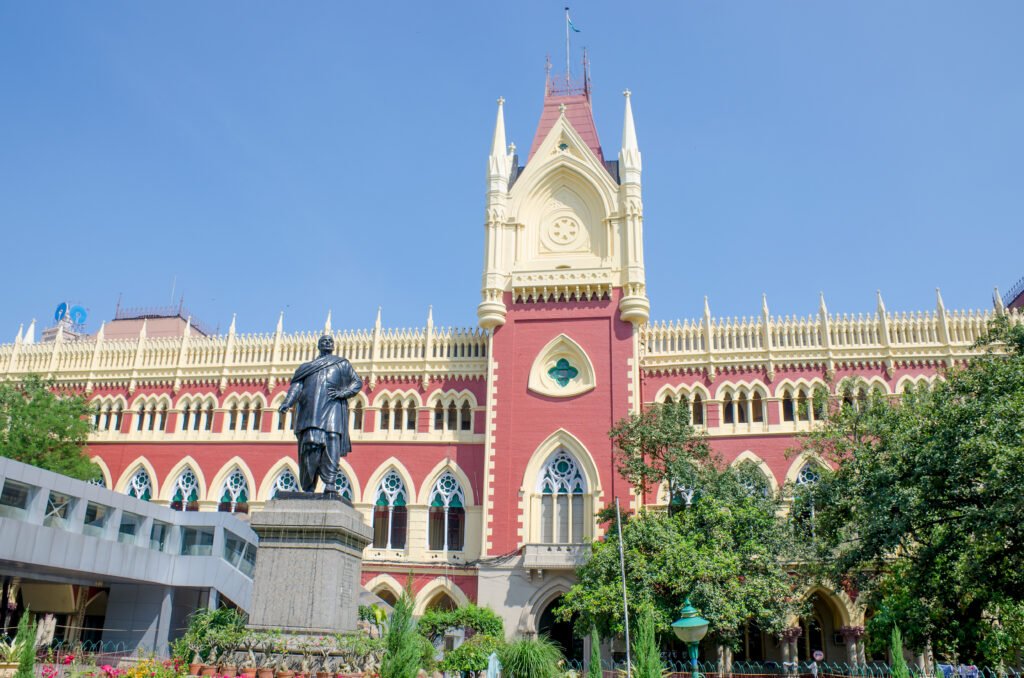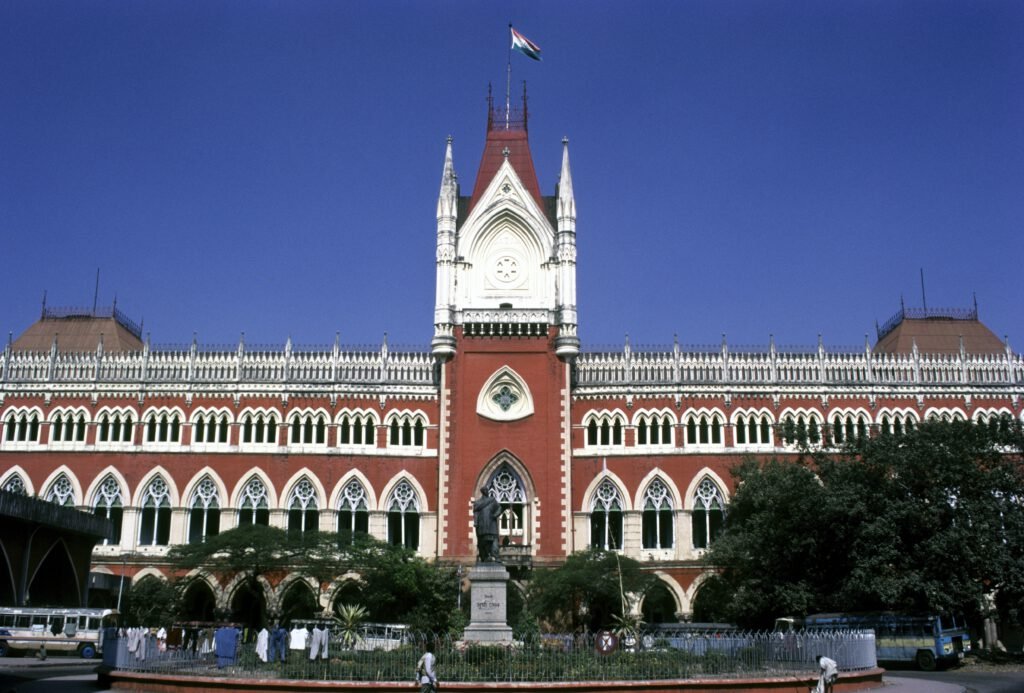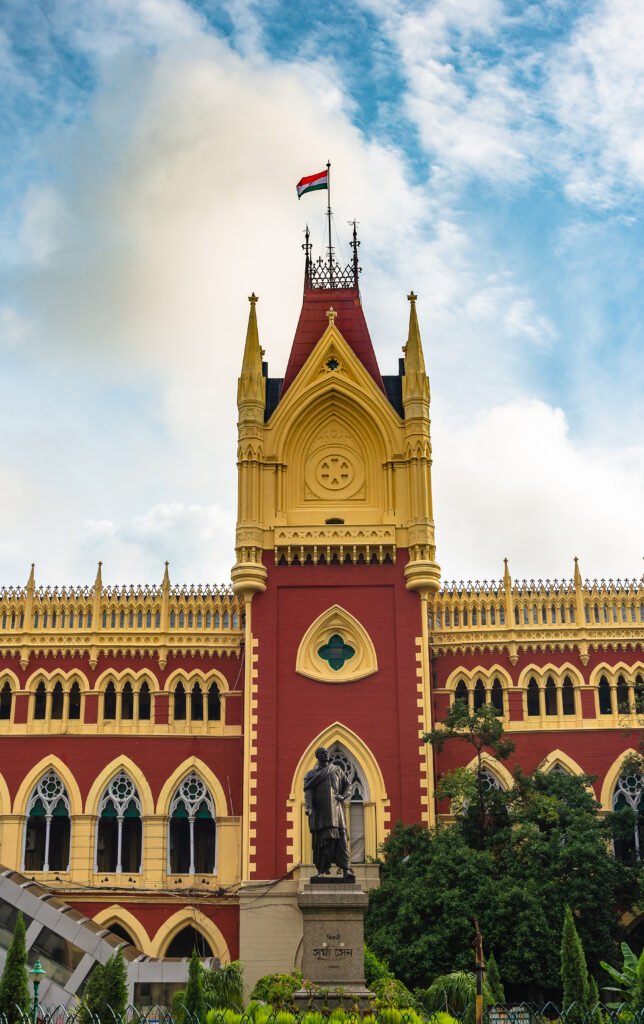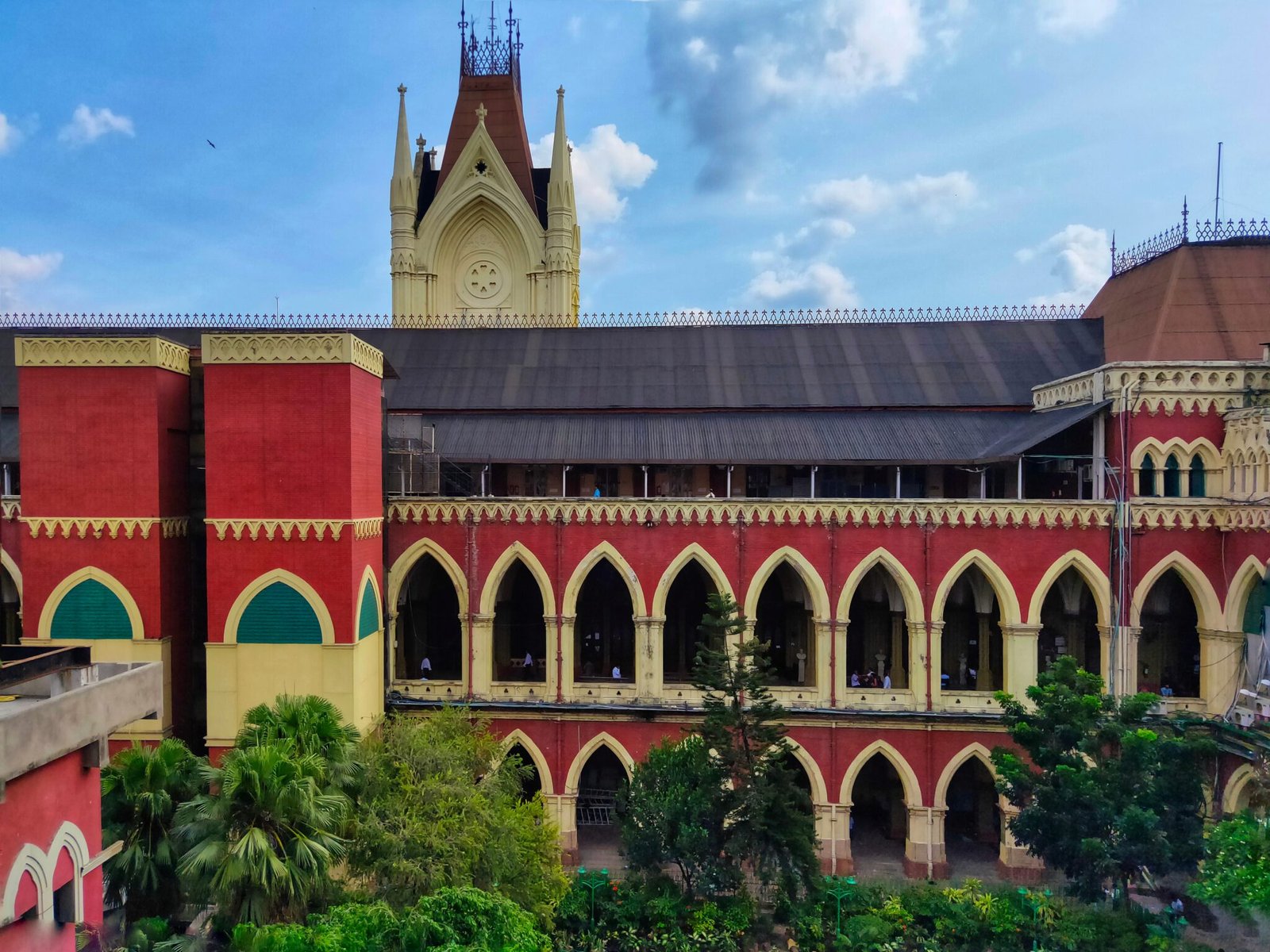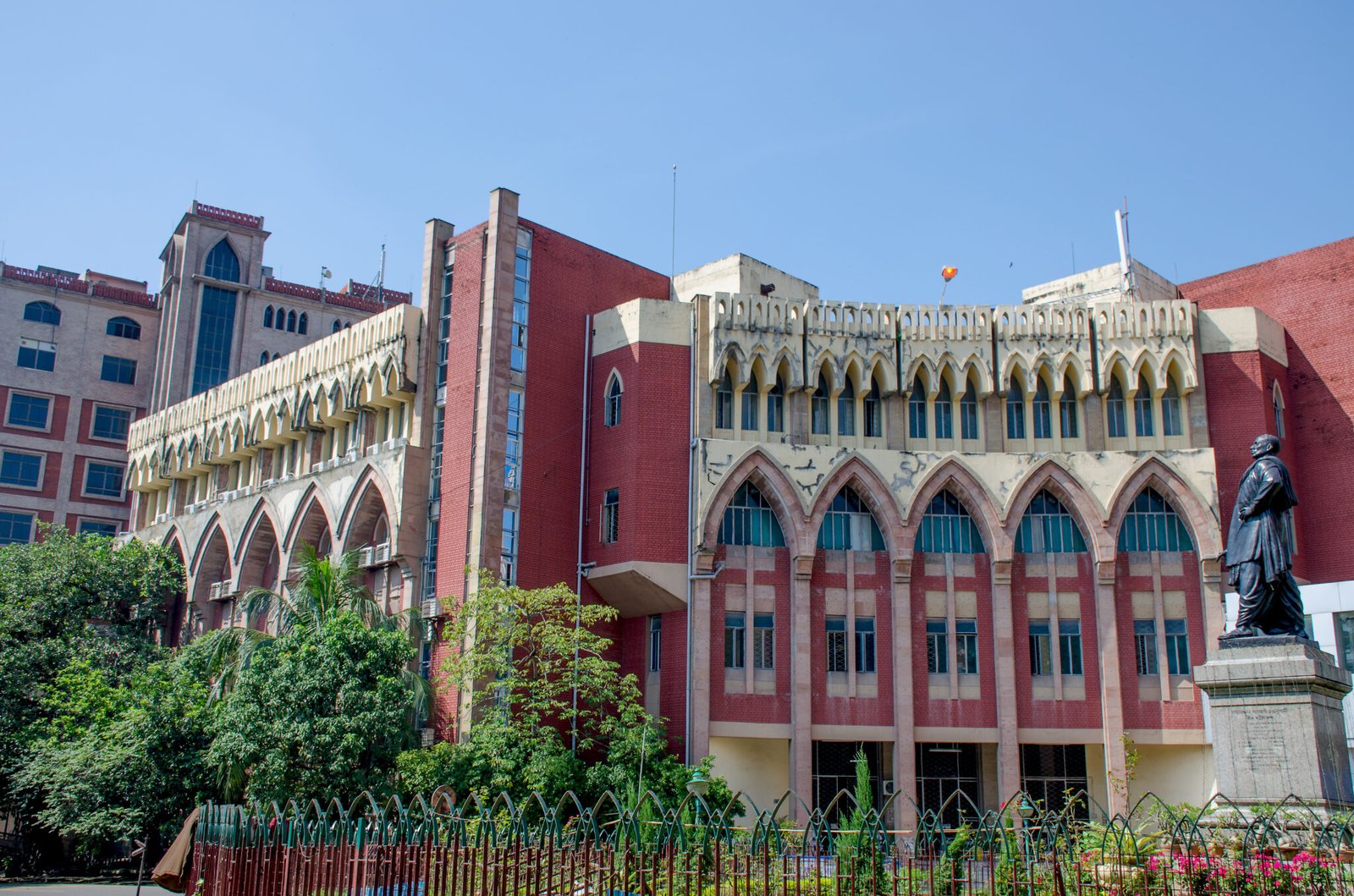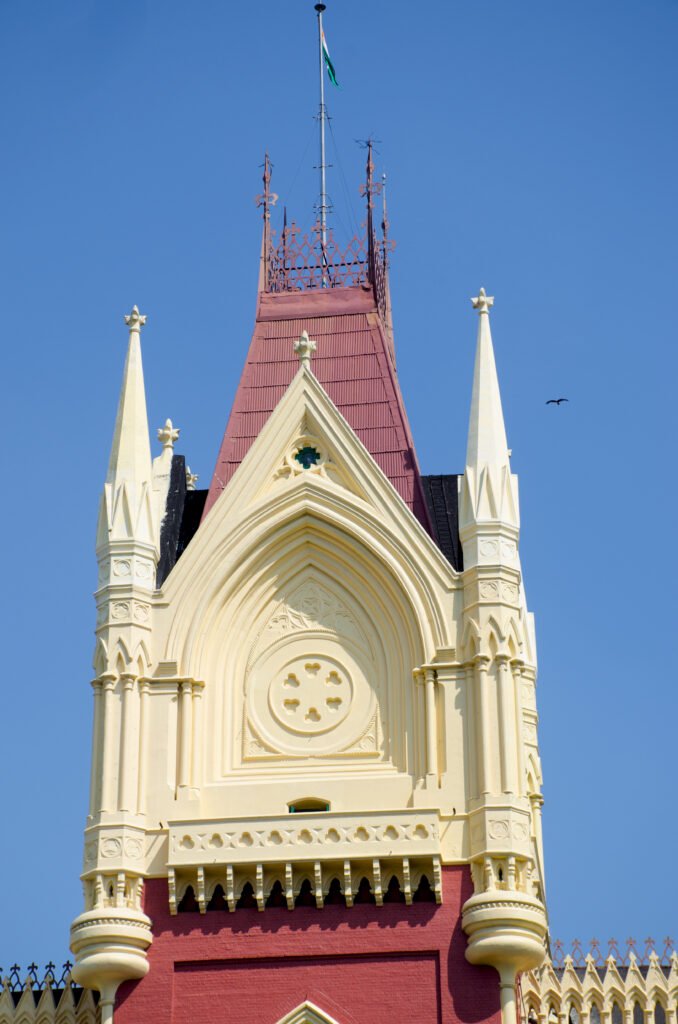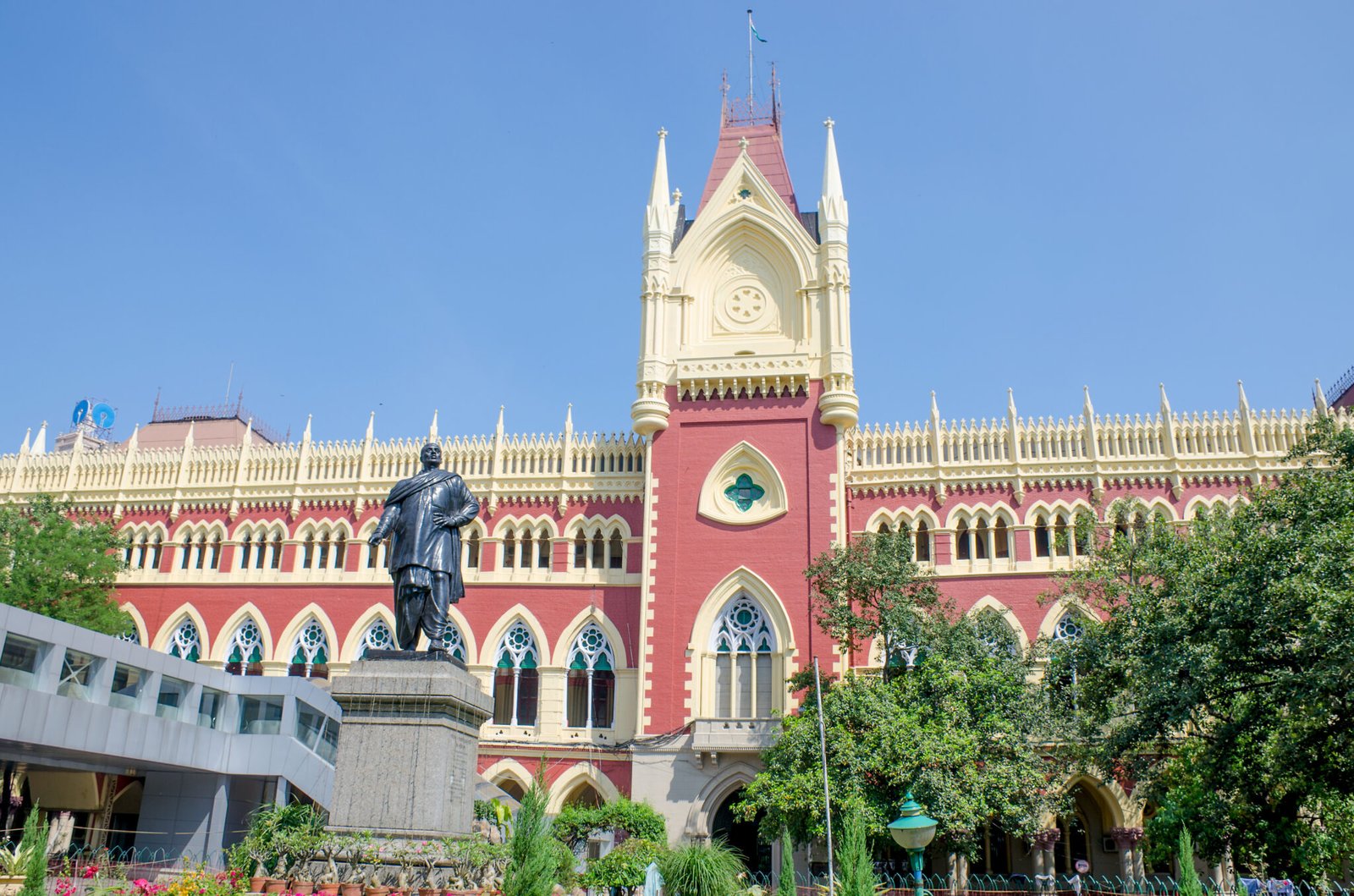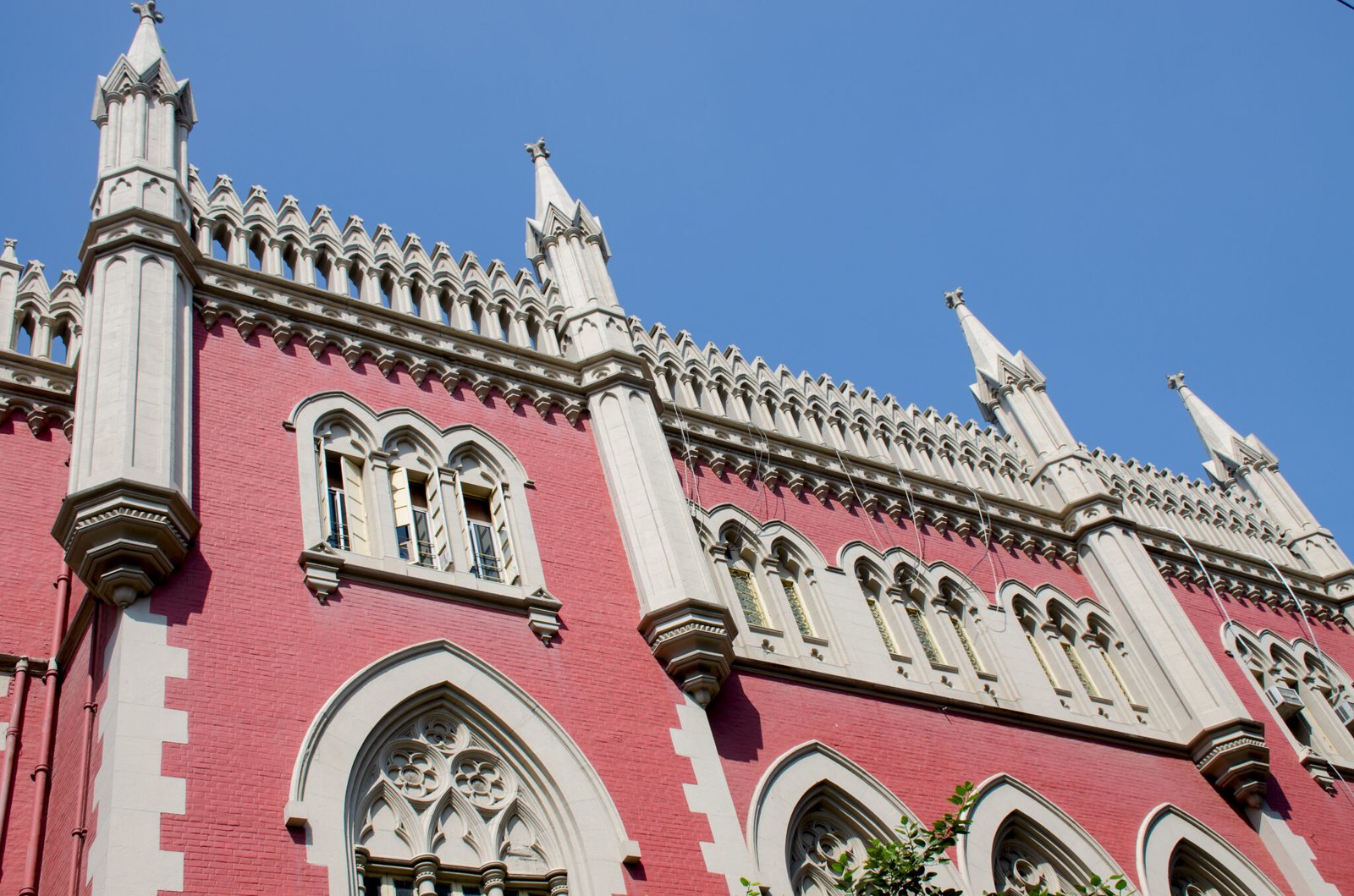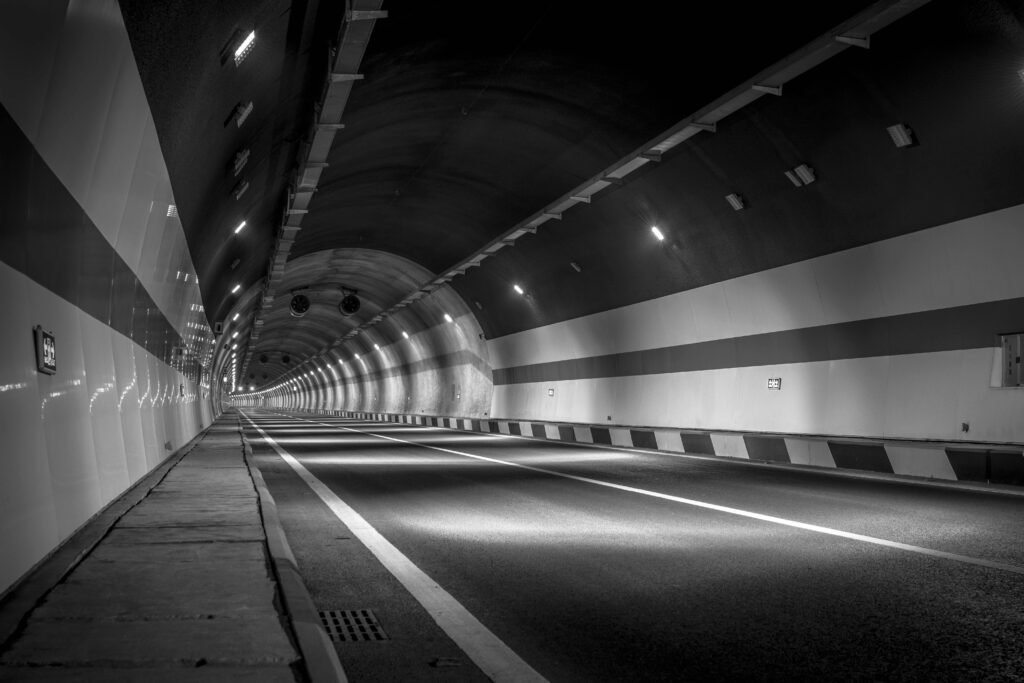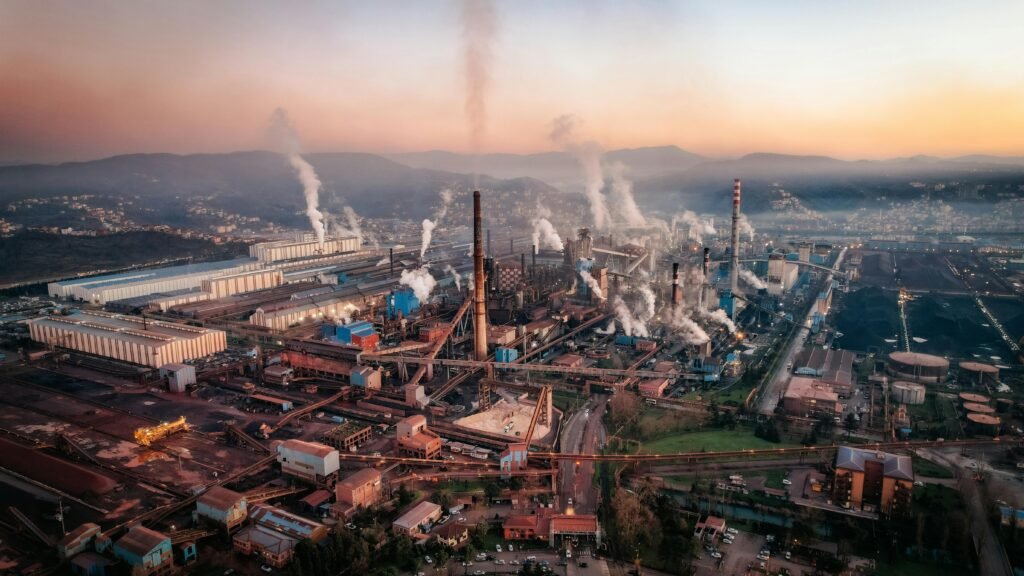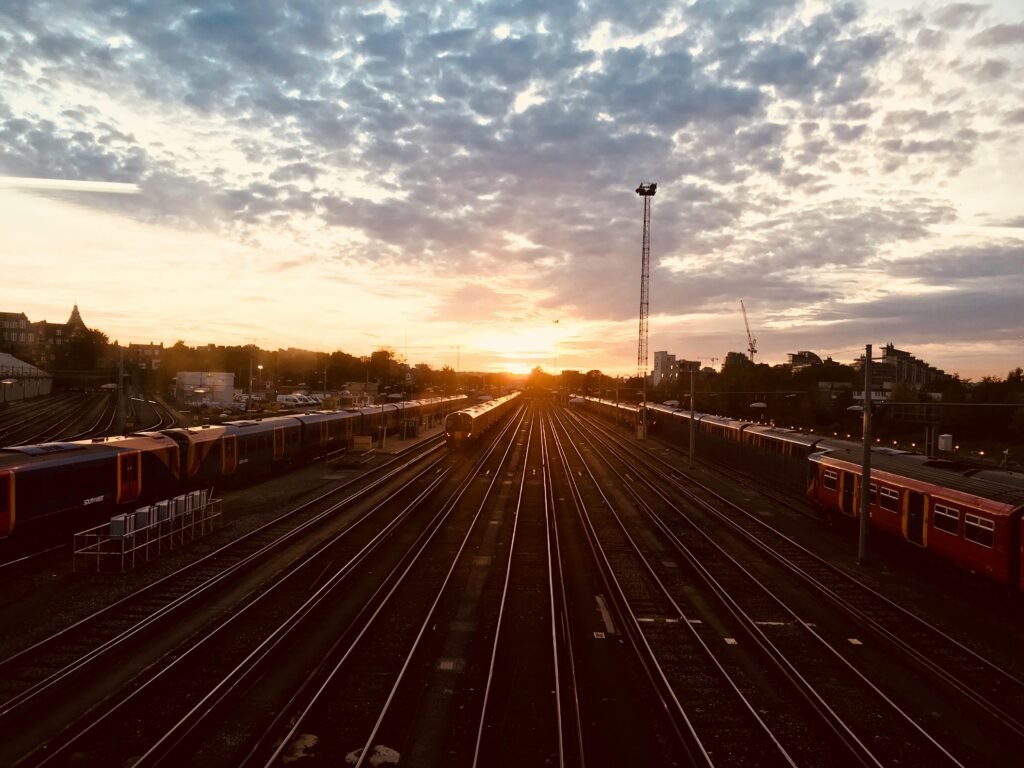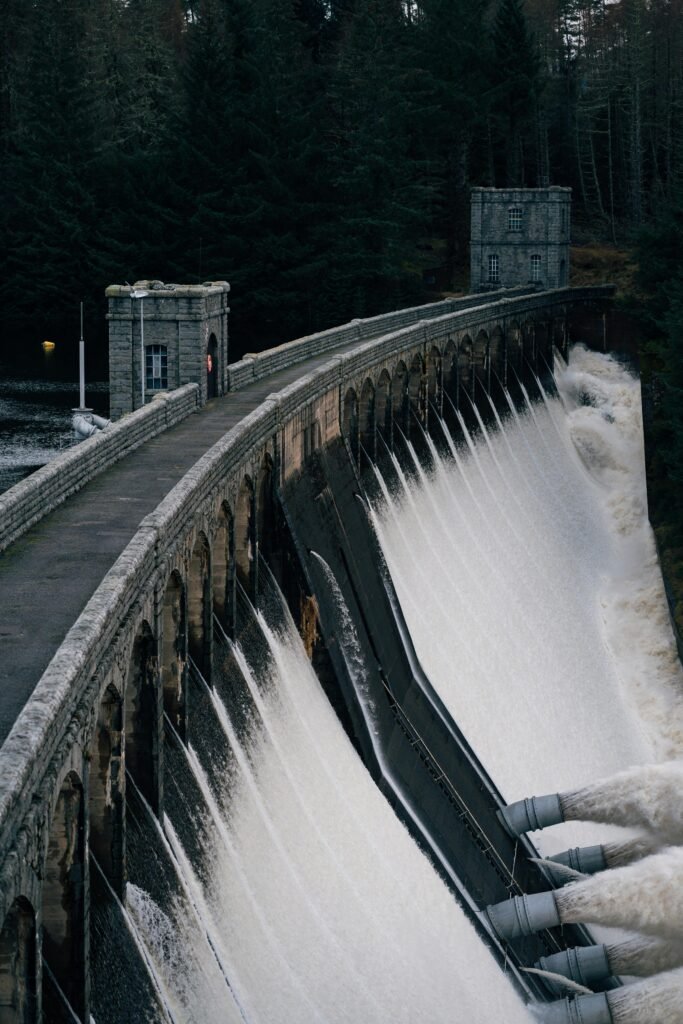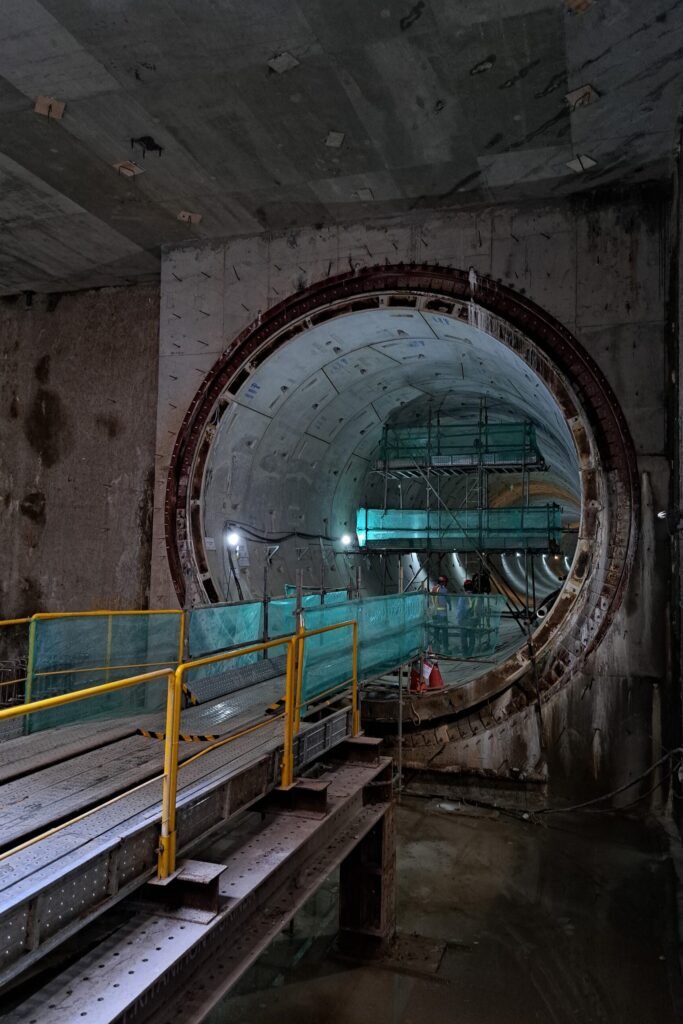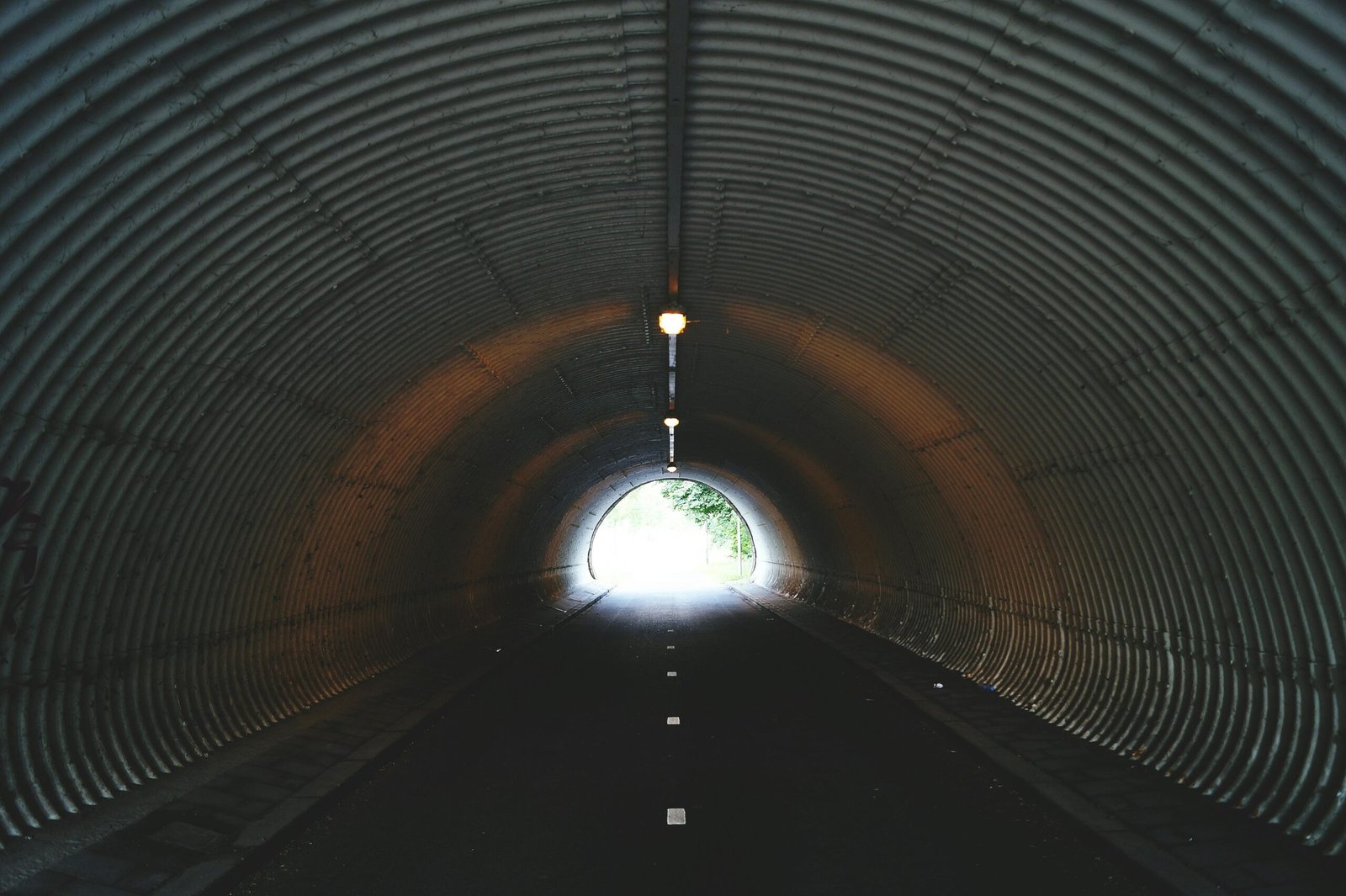
Location
Type
Client
Services
The USBRL Tunnel T-77D – a project of national importance executed under extreme Himalayan geology, overcoming catastrophic collapses and water ingress to ensure safe rail connectivity in J&K.
Project Details
The tunnel T-77D is located on the western side of the Katra-Banihal section of the Udhampur-Srinagar-Baramulla new BG Railway Line Project. The length of the new rail line is 345 km, stretching from Jammu to Baramulla. The tunnel passes through the young Himalaya geology. The project was declared a Project of National Importance in March 2002.
The presence of water as a result of joint sets and intrinsic water location has made the excavation hazardous to both man and machines. A project of such proportions could not be carried out in one go. Hence, it has been divided into three subsections.
The construction is progressing between Udhampur-Katra, Katra- Quazigund and Quazigund-Srinagar-Katra. The 129km long stretch that passes through the Patni and Pir Panjal ranges is the most difficult stretch of the project.
Field Conditions
- The presence of highly fractured rock mass, coupled with saturated soil.
- Railway Alignment passes through tectonic thrusts and faults.
- High overburden pressure.
- Support installed forthe Face stability collapsed because of the Bankoot mountain nallah over it
Challenges
- Collapse of the tunnel roof at the crown.
- Presence of weathered rock mass in the excavation zone.
- longitudinal cavity of approximately 8-10m in length was formed.
- Excessive loss of water from the ground may lead to a catastrophe..
- The presence of the graveyard above the tunnel started to settle due to cavity formation inside the tunnel. The issue got escalated, and it was a matter of great concern with the community involved.
Located in the young Himalayas, the T-77D tunnel on the Katra–Banihal section of the USBRL project faced severe geological and hydrological challenges, including fractured rock mass, tectonic thrusts, and high overburden pressure. A major collapse at the crown created an 8–10 m longitudinal cavity, threatening surface stability and community safety. Advanced grouting, cavity filling, and structural reinforcement techniques were deployed under hazardous conditions to restore stability and ensure progress on this strategically vital railway link.
